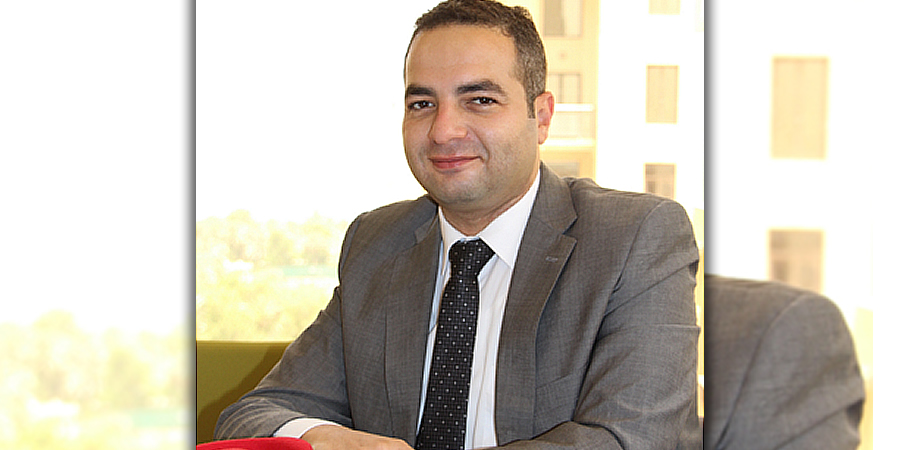On the sidelines of GITEX Technology Week 2019, Telecom Review sat with Ayman Al Shaikh, Manager of solutions architect MENA, Red Hat who explained how Linux 8 and OpenShift 4 function and why they are considered as two of the most important solutions today.
What are the most recent solutions Red Hat has launched?
Linux 8 is one of the most recently launched solutions. It’s an operating system that can guide you through your digital transformation journey and can be hosted wherever the customer wants – whether we’re talking about physical, virtual infrastructure, public or private cloud. This platform also supports a multi-cloud vision. Linux is a mission-critical platform for all industries. Billions of businesses are running on Red Hat’s Linux. By capitalizing on our large experience and reliability in the market, we are very proud of announcing Linux 8 today.
OpenShift 4 is our second flagship product. It’s an innovative platform that enables businesses to achieve digital transformation by minimizing physical touchpoints within the customer journey. OpenShift can help achieve a full application lifecycle management based on the new technologies and that can scale out and support the different multi-cloud architectures.
Public cloud providers are providing a set of APIs which are not interoperable. With Open Shift, I can develop my application in whatever language I want and apply it on their infrastructure, thus I’m avoiding vendor looking and have the interoperability I need.
In your opinion, in what way is a hybrid cloud infrastructure important?
People were thinking a lot about private cloud as compute network and storage, so as a service. However, a business will reap less benefits from automating the network storage and compute than scaling up the applications of the business as a service. In order to achieve business as a service, you don’t need compute network and storage as a self-service but your application as a self-service. This is where a hybrid cloud infrastructure can help. My main business is not providing network and storage. When building a private cloud, you don’t only have to take those components into account, but also keep in mind the layers on top.
Should we expect any new solutions soon?
We’re always working on the automation of the infrastructure. There are always continuous enhancements. All our efforts now are geared towards a platform that everyone can use, whether an infrastructure, the platform as a service or the application as a service. New RHEL 8 and GPU features are incorporated in the platform and then applies to OpenShift and containers.
In addition, we’re also doing quite well with the new blockchain and AI innovations. With Linux Red Hat 8, we’re doing our best to get the GPUs integrated.










